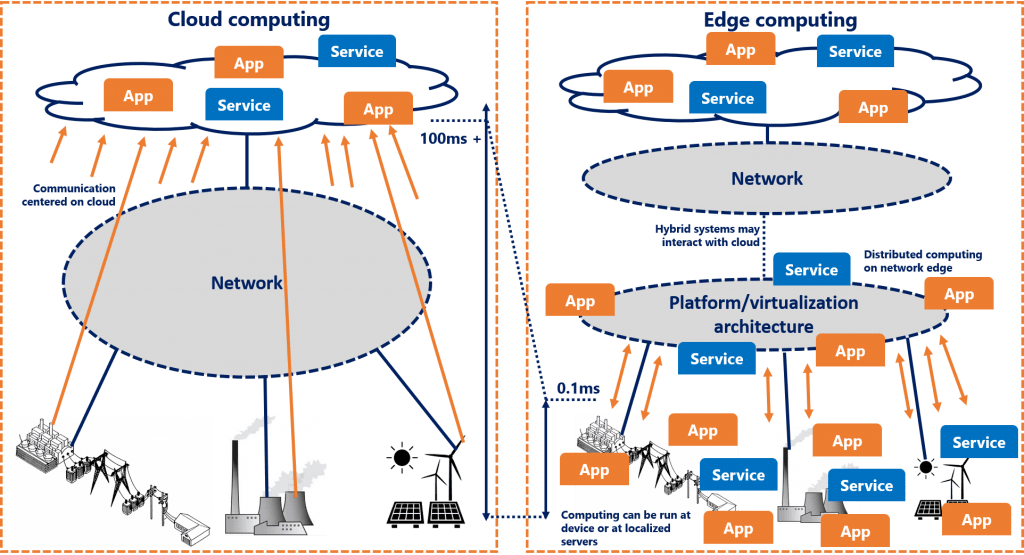
Today, many warehouse and logistics operations are under pressure to significantly reduce order-to-delivery timelines, driven by increasing consumer demand and expectations. To help organizations meet these vastly accelerated timelines and improve operational visibility, industrial mobile devices, equipped with specialized applications, will make it possible to track and manage warehouse logistics in real-time, at any location. These capabilities could not come at a better time. A total of 165 billion packages were shipped in the United States in 2019. Not surprisingly, e-commerce order growth is up 54% compared to this time last year, heavily stimulated by consumer buying shifts driven by stay-at-home orders.
Powered by enterprise-wide Industry 4.0 initiatives, the adoption of industrial handheld devices has been growing steadily over the last few years.
COVID-19 has further accelerated the adoption of mobile technologies based on the flexibility and portability these types of devices enable, compared to hardwired computer and control stations that are more static and make it harder for its user to socially distance. Indeed, according to GSMA Intelligence, IIoT connections will overtake consumer IoT connections in 2023, driven in part by the opportunities battery-powered, low-cost mobile devices will deliver.
In 2021, warehouses will pair the low-latency processing power of the edge with the mobility of handheld devices to enable real-time operational insights on mobile devices unrestricted from fixed locations or even cloud connectivity.
This flexibility ensures warehouse workers are kept in the loop of all internal operations and changes at all times and without having to alter their current daily routines. In turn, mobile edge solutions can enable workers to more instantaneously share information and insights across the warehouse, ensuring that every worker is on the same page at all times. Mobile edge AI enables a new class of industrial edge computing applications that empowers industrial workers to quickly identify production or environmental irregularities and correct them. This not only prevents costly machine downtime and product quality issues but also improves employee safety conditions.
Who is Sastry Malladi?
As CTO of FogHorn, Sastry is responsible for and oversees all technology and product development. Sastry is a results-driven technology executive with deep technology and management experience of over two and a half decades. Prior to joining FogHorn as CTO, Sastry was Chief Architect of StubHub.
Source: https://appdevelopermagazine.com/mobile-edge-computing-predictions-for-2021-from-foghorn/
